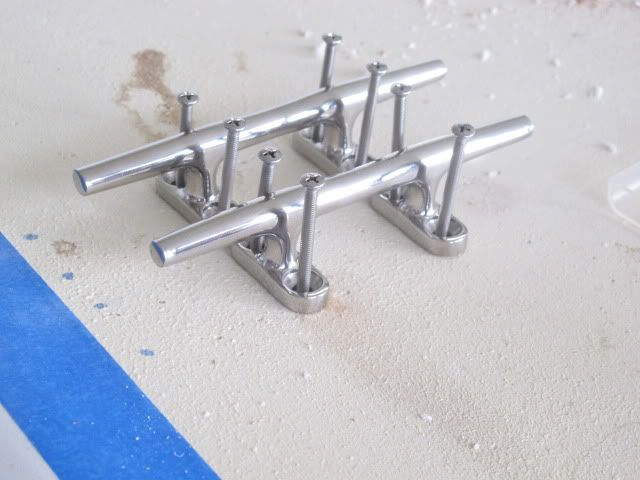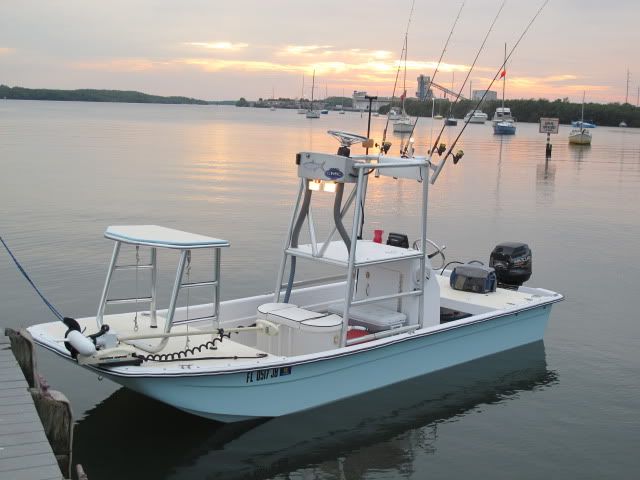Jersey Jim
Well-known member
My new 2120SC arrives next week from the factory, and I want to have all my ducks in a row to get the side-scan transducer mounted to the transom. BOE marine who sells transducers, is recommending drilling over sized holes, filling them with epoxy, drilling pilot holes, THEN running self-tapping screws into the epoxy to secure the bracket. Looks like 3 or 4 holes on the ducer bracket, and they seem too close together to get that many over sized holes in a small area. All videos I find on prepping holes for this sort of thing, only show sealant on the screws & in the drilled hole. BOE says this is not good enough, and water will wick into the transom core in a couple of years. If there are any links/stickies on this topic, please direct me. Also, please give feedback on personal experience with water problems from sealant-only on screws.
I like the idea of a thick starboard plate, anchored down in the far corners, then just tapped holes in the plate for the transducer bracket. Then the 4 corner holes in the plate would be far enough away from each other to make them over sized. I've seen several uses of a mounting plate for this application.
Thanks
I like the idea of a thick starboard plate, anchored down in the far corners, then just tapped holes in the plate for the transducer bracket. Then the 4 corner holes in the plate would be far enough away from each other to make them over sized. I've seen several uses of a mounting plate for this application.
Thanks










